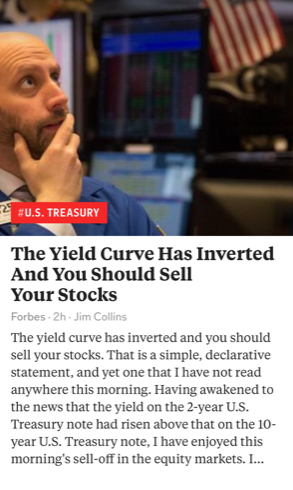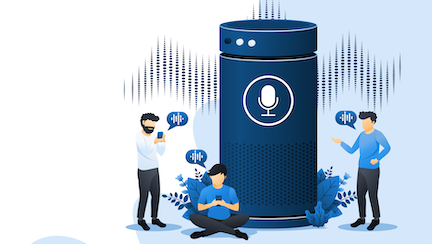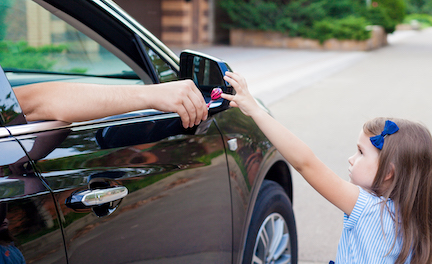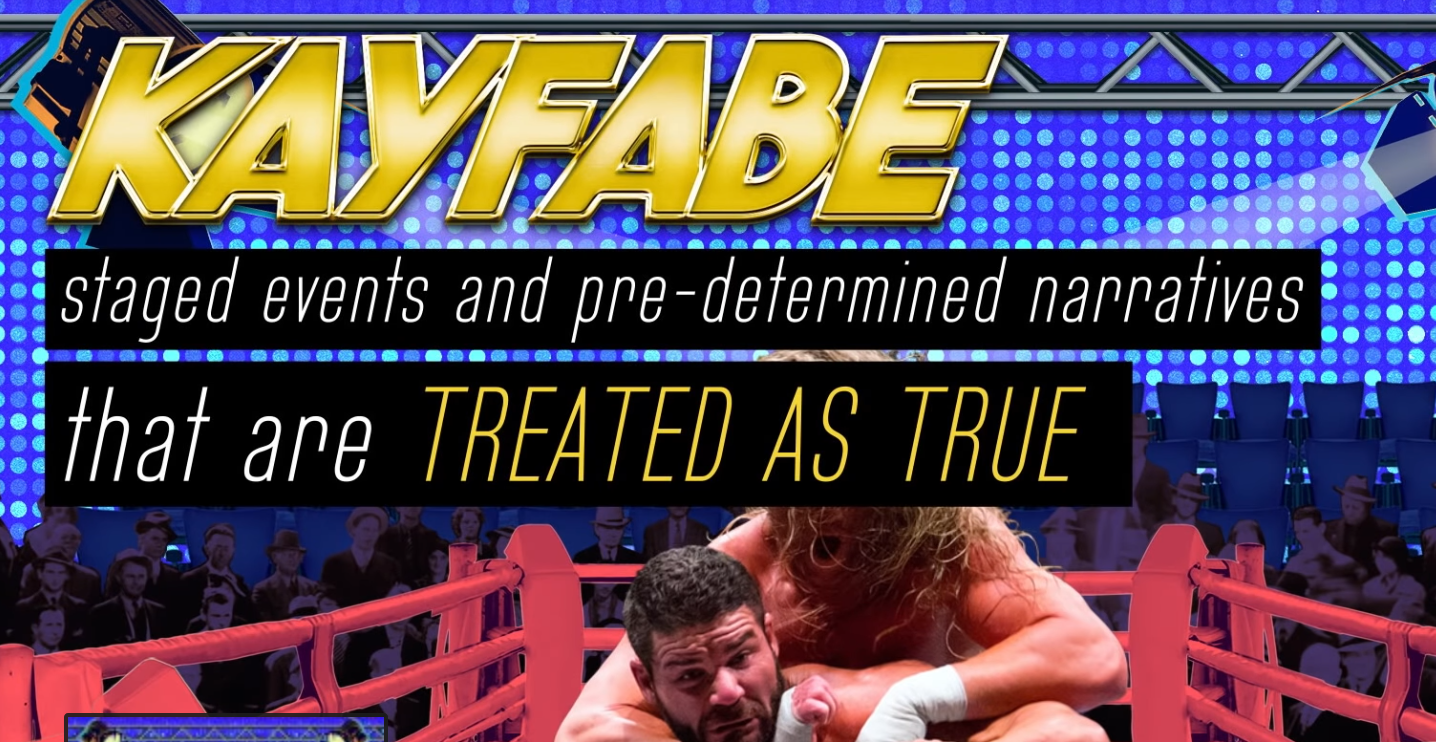
Clickbait. Writing the good, the bad and the ugly.
Clickbait. What to know if you are writing or reading it. But first…
News Flash! Your Mother’s Dead!
Ha, ha! No, she isn’t. Made you look though. Now, let me tell you about ficus trees….
Did that feel cheap, unfair and manipulative? Welcome to the world of clickbait.
Clickbait is a powerful content device because it heavily skews the content headline towards emotional button pushing or taps into an emotional bias that we have.
The best or worst part? It works. Even on people who intellectually know better.
How do you define clickbait?

Clickbait can be deployed in all types of content. News stories, blog posts, interviews, infographics, videos. It can be identified by having at least two of the following traits…
- An irresistible, shocking, or highly compelling headline
- The premise or angle is easily skimmed
- Uses memorable images or video
- The appeal is driven strongly to a specific emotion
- Appears engineered to encourage viral sharing of content over communicating the depth of content
Clickbait is not only addictive to readers.
It’s addictive to content providers who desperately want you to click on and read their content (but at least click on). That’s because, in today’s content world, clicks are cash. So clicks more than content perspective is the end goal.
Clickbait, while usually emotionally manipulative doesn’t specifically lie to you. It’s more like teasing and toying with you for a while to get you riled up. A bit like when an older brother or sister might dangle a ball that you want over your head, just out of reach.
The clickbait headline is that tease. It does it by not quite putting the final clarifying content in reach and letting emotions fill in the gap. An emotional energy that drives your willingness to engage content.
Some clickbait headlines feel incredibly dishonest. Take this one I recently captured in my Flipboard news feed from Forbes…
“The Yield Curve Has Inverted And You Should Sell Your Stocks”

If you take the headline as a reason for your action, you’ll be disappointed as if you read the body copy, you quickly see the gag…
“That is a simple, declarative statement, and yet one I have not read anywhere this morning.“
While the body content may let the cat out of the bag in a clickbait story, by admitting the true story and readjusting the story perspective…
Statistics repeatedly show most readers, will still view, evaluate and understand the story based on the headline.
So if you are the average reader, you’re likely on the phone with you stockbroker in a panic sell instead of reading the whole article.
In fact, a study found that 59% of links shared on social media have never actually been clicked. Those users shared the links based on the headlines without ever reading them.
Where clickbait gets dangerous.
It can..
- Drive a break up with the reader in their relationship with the content provider because it made the user feel had or deceived.
- Become the boy that cried wolf. The user becomes desensitized by over-the-top claims.
- Train and encourage lazy readers. Either by getting them to just read the headline and they think they have the whole story. Or skimming the body copy and cherry-picking the content that is in line with the over the top headline and their own internal narrative.
Clickbait. Clicks at a cost.
If you are writing sales copy. Something that is driving users and customers into a product sales funnel where they can clearly see they are getting product information, clickbait tactics are probably not that harmful.
Same goes with over-the-top-video or an emotionally compelling image like a cute kitten as most users will understand that you are sharing an emotional experience.
However, if the use of clickbait is more about the information that would be applied to a larger understanding of life and issues. That’s where clickbait is likely to do harm to your reader.
Yes, we the reader are responsible for reading the whole article, but most won’t. They walk away with your headline, feeling they got the key facts from it.
While you may succeed with a succession on one-off clickbait lines. Each one pulling in new “suckers.” However, what you are also exaggerating are events and distorted context which can endanger trust if you are trying to build a relationship with hour views.
Like clickbait itself. It’s tempting. Think carefully.































